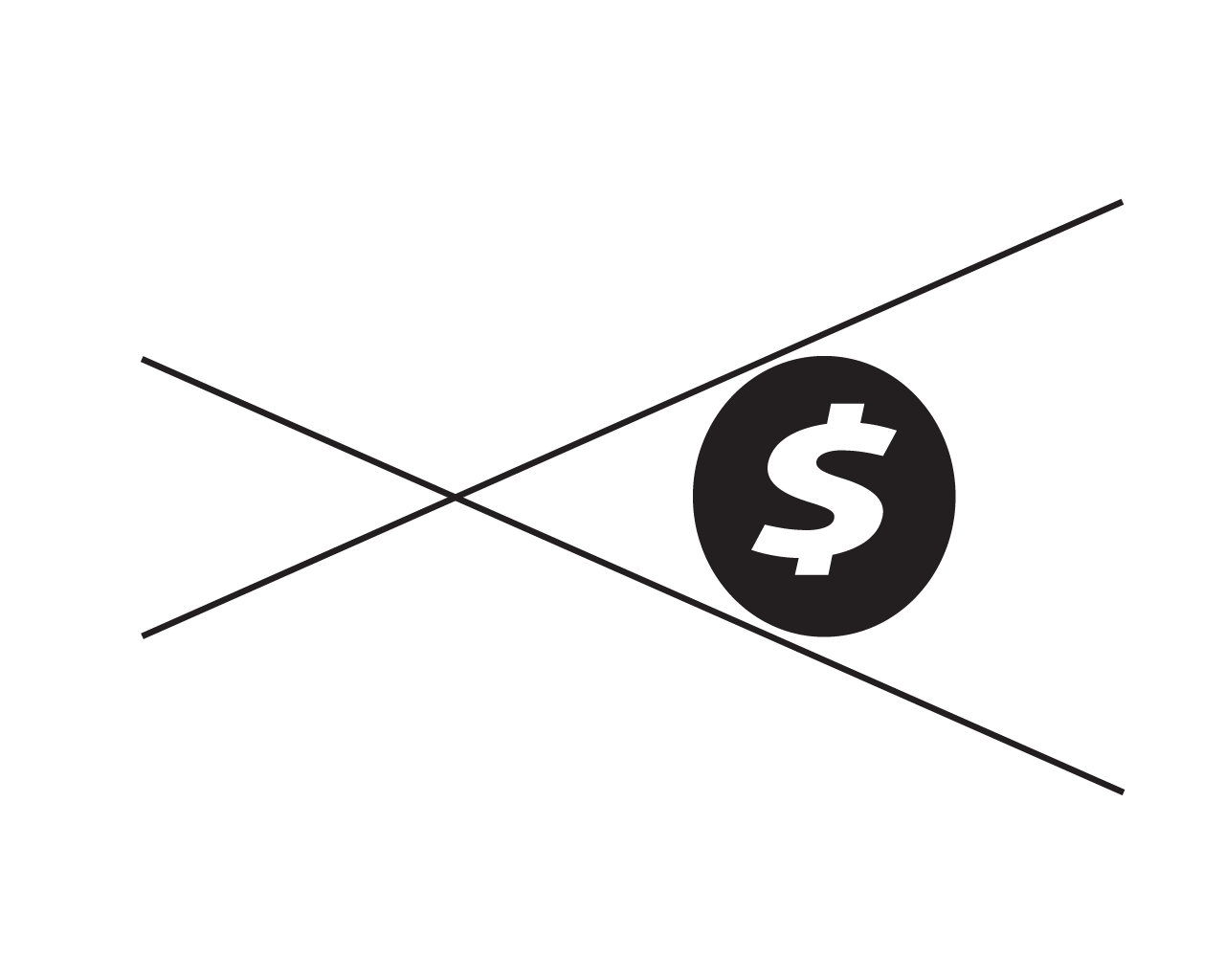Mirror Magazine
Reflecting Society’s Image Back on Itself
Established 2023

Mirror Magazine
is a collaborative-multimedia project to document urban inequality in New York City.
The significance of “mirror” comes from the power of the camera to mirror reality back to us in a way we haven’t seen it before.
By capturing New York City through the camera and with a pointed focus, we can make clear to those with the power to make change what part of the bigger picture they’re missing.
The project is the fruit of Nolen Phya, a photographer, urban planner and life long New Yorker. It is part of his thesis to complete his Masters of City Planning at Massachusetts Institute of Technology
The significance of “mirror” comes from the power of the camera to mirror reality back to us in a way we haven’t seen it before.
By capturing New York City through the camera and with a pointed focus, we can make clear to those with the power to make change what part of the bigger picture they’re missing.
The project is the fruit of Nolen Phya, a photographer, urban planner and life long New Yorker. It is part of his thesis to complete his Masters of City Planning at Massachusetts Institute of Technology
M.B.
How can we use photography as a tool for placemaking that serves community?
The Interborough Express Study
Building on precedents such as the Farm Security Administration's photography and drawing inspiration from participatory action research models, the current phase of Mirror Magazine focuses the camera on the Interborough Express (IBX) transit corridor in Brooklyn before passenger operations.
The IBX is a transit project that will connect underserved areas of Brooklyn and Queens. It’s already undergoing environmental review, one of the last regulatory steps before construction can actually start.